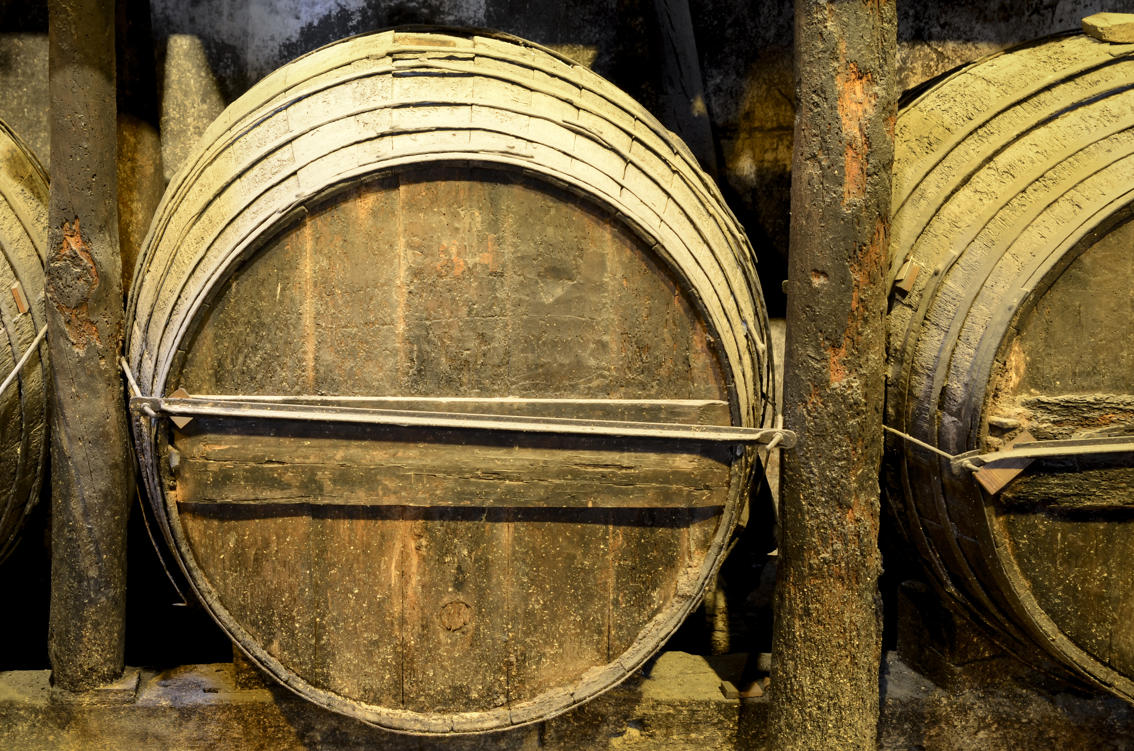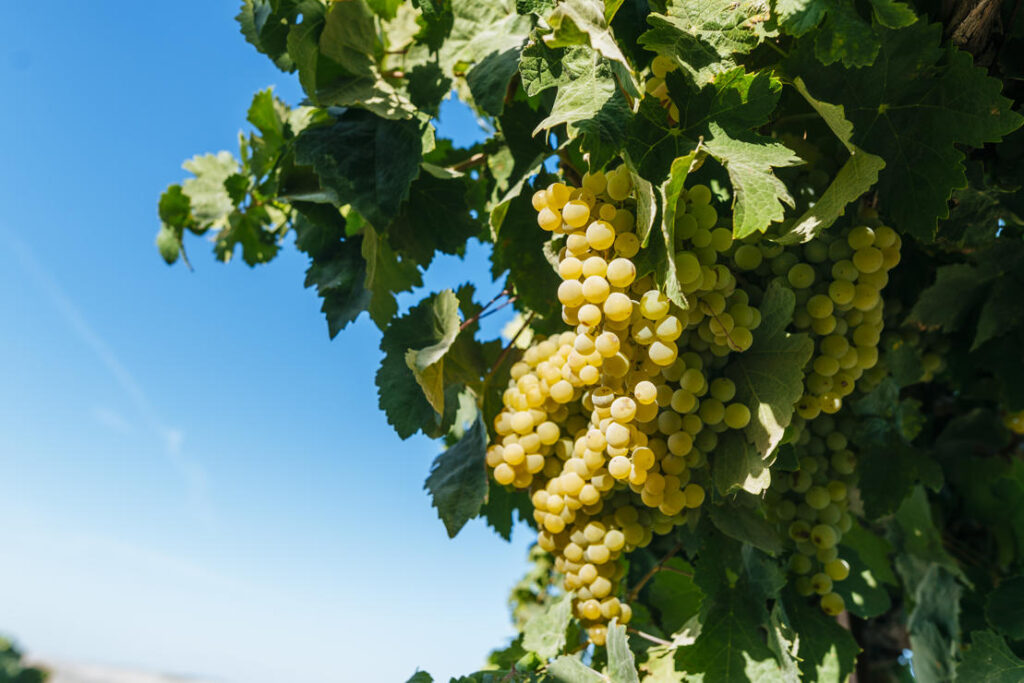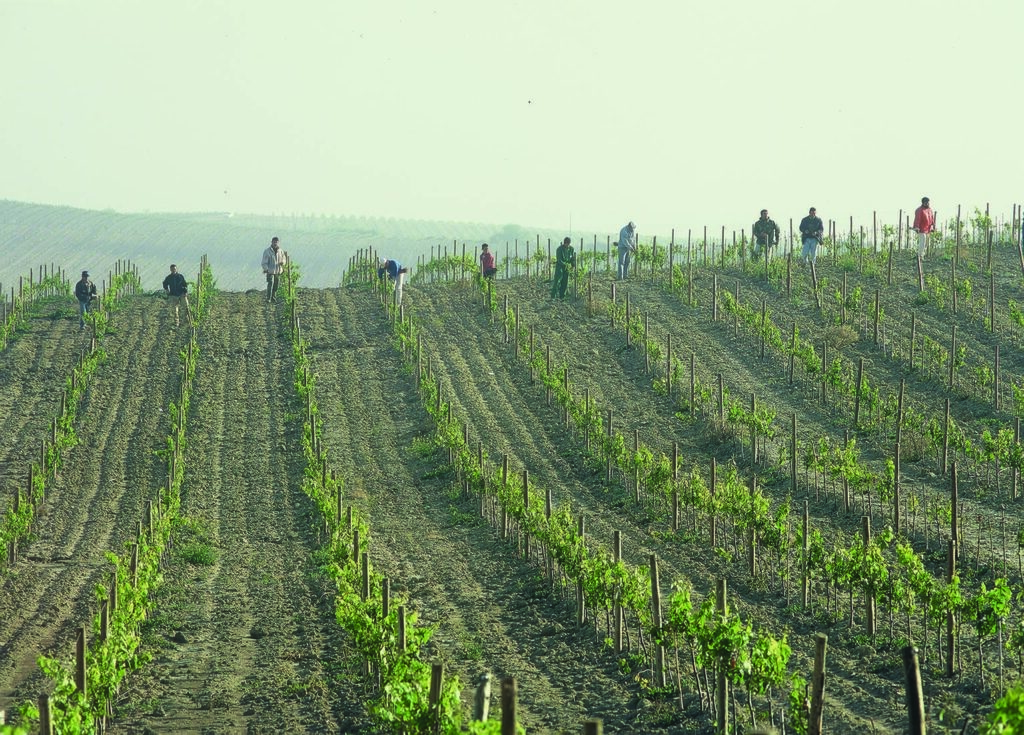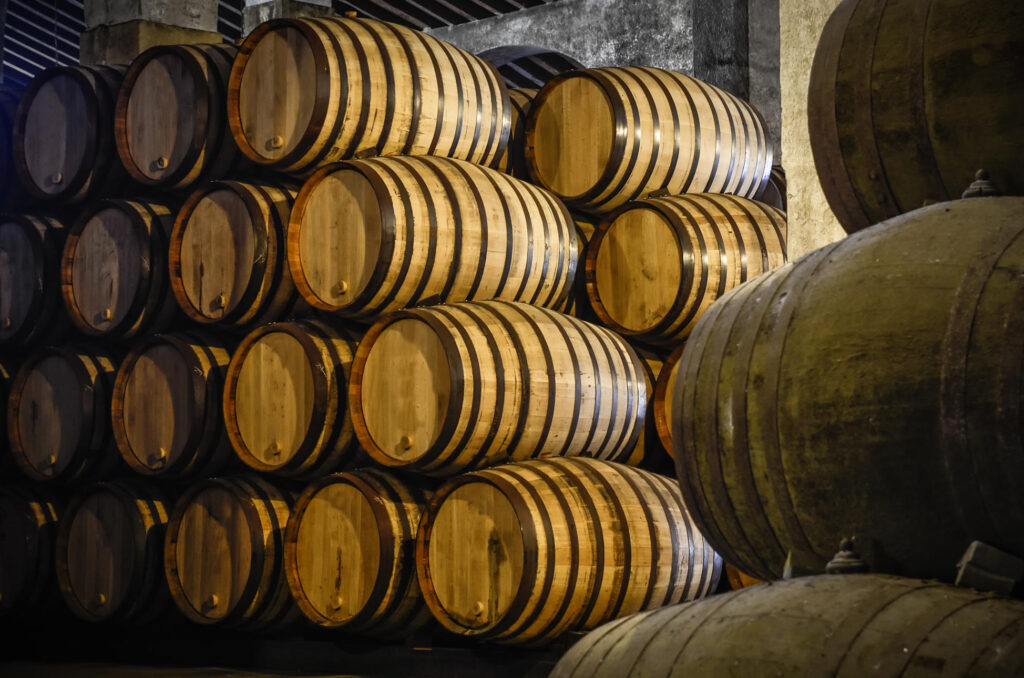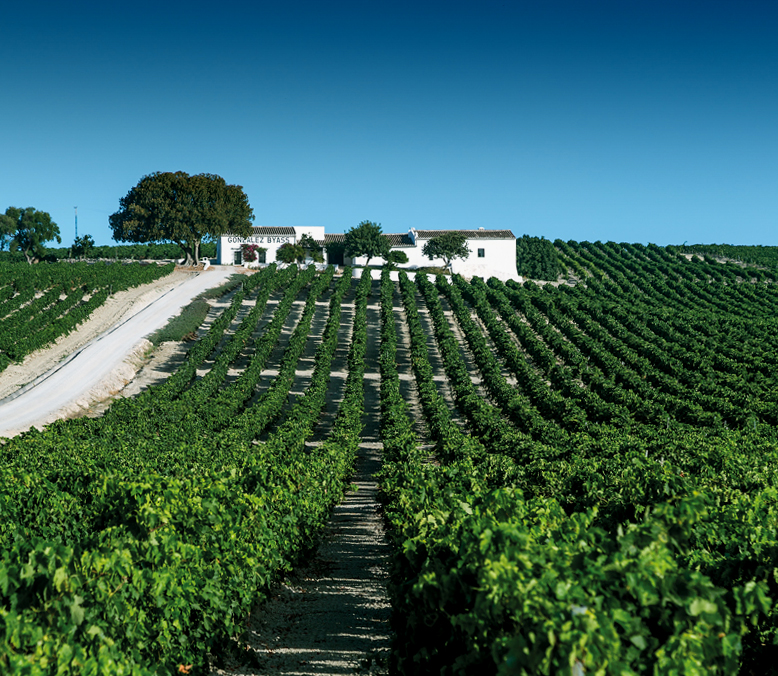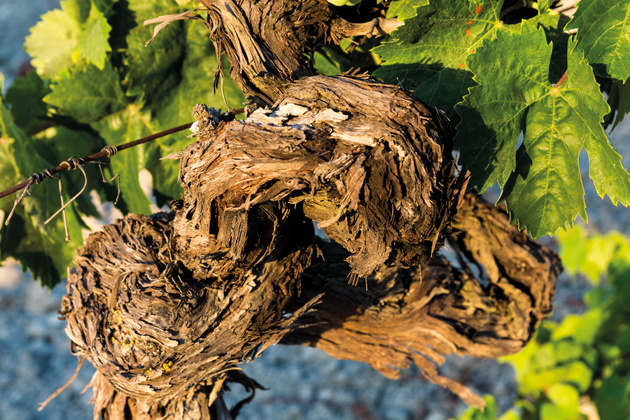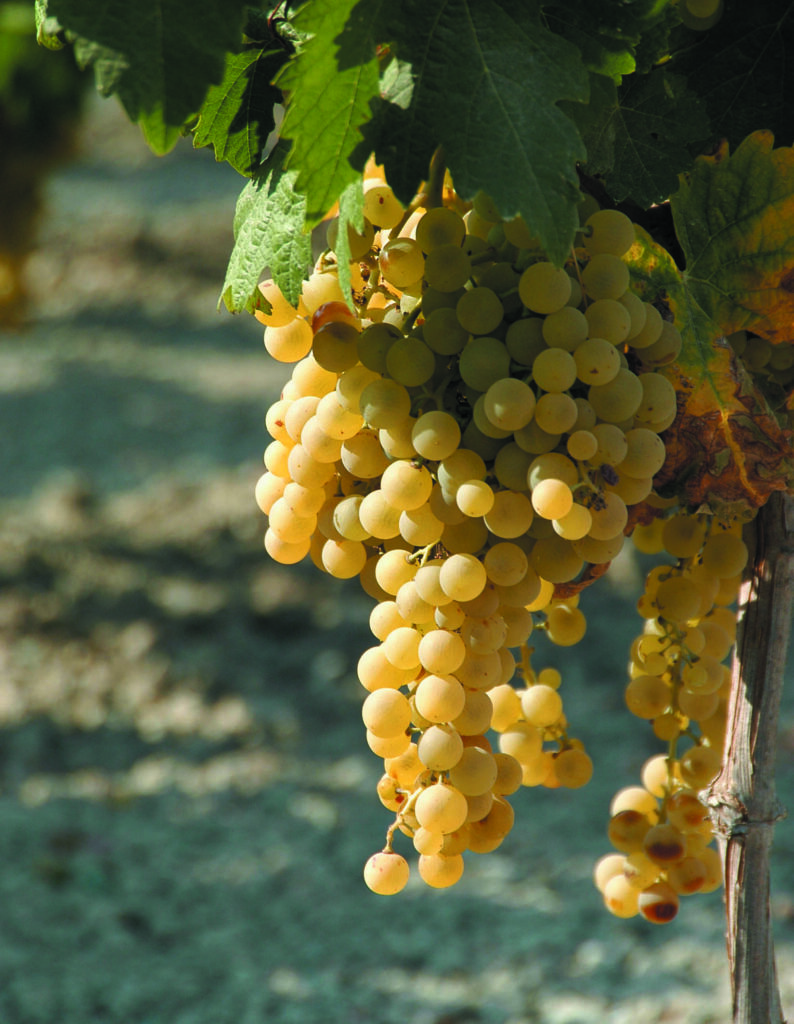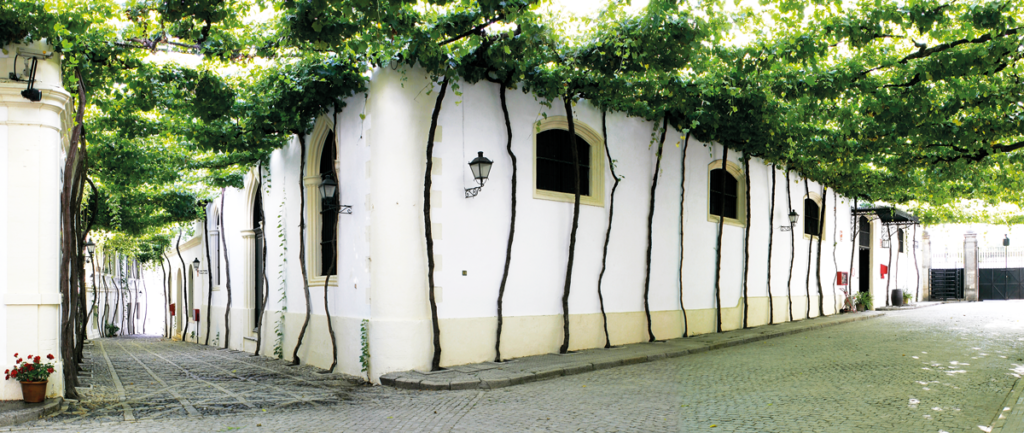THE WINE AND BRANDY ROUTE OF MARCO DE JEREZ
A region whose love and passion for wine dates back to ancient times
History
Sherry wines are the result of the mark left on the region by a series of very diverse cultures, often very distant in their origins.
Distant civilizations that over the centuries, seduced by the land, have each made their contribution to the development of a territory and a product that in modern times represents a truly identifying feature of the region. An understanding of the history of the Region is fundamental if we are to fully comprehend the authentic personality of sherry.

 ESP
ESP
